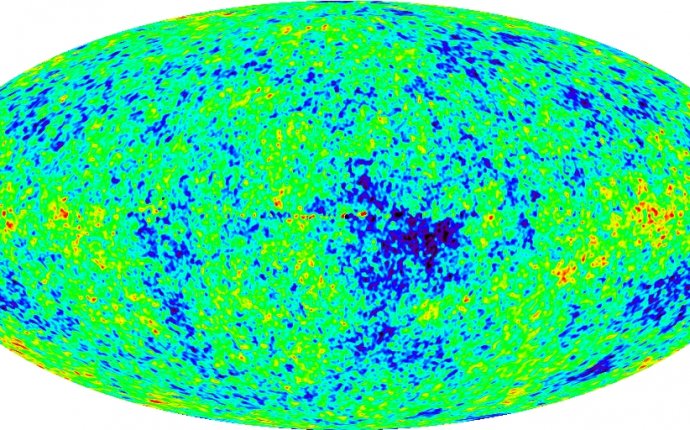
Cosmology, University
We live in an age in which we have a well established, accurate and predictive model for the Universe. We are able to not only determine the bulk properties of space, time and matter –such as how fast it is expanding, how cool it currently is and the mix of light elements- but also what is its large scale structure, that is how mass and light is distributed in the Universe to form the cosmic web formed by galaxies or the fluctuations in the Cosmic Microwave Background.
The fact that we can predict the large scale structure of the Universe and subsequently match it to observations is heralded as a tremendous success. It gives us confidence that we know what laws of physics to apply on large scales and it is evidence that the field has a solid, experimental and observational component. Moreover it allows us to actually measure fundamental properties of the Universe such as its geometry, the fractional densities of its different components and the statistical properties of its initial state. The gold standard for cosmological constraints are the recent analysis of the WMAP and Planck data that have pushed what has been dubbed “precision cosmology” further than ever. These results are complemented by other, orthogonal data sets such as redshift surveys of galaxies are redshifts, small angle CMB experiments and maps weak lensing. All of these experiments point consistently to a universe derived under the above assumptions with 4% of its energy density in baryons and the rest in cold dark matter and dark energy.
The current working model of the Universe, known as ΛCDM, is exotic and bizarre yet entirely consistent with cosmological data. And as such it opens up a number of exciting, deep questions that need to be answered if we are to claim that we have a complete theory of the Universe. In particular we now need to determine what the dark matter is, what is the dark energy, why they behave the way they do and how did the Universe start off this way. Indeed these precision tests of cosmological parameters have fuelled an active and vibrant period of research in particle cosmology and theoretical physics as a whole.











